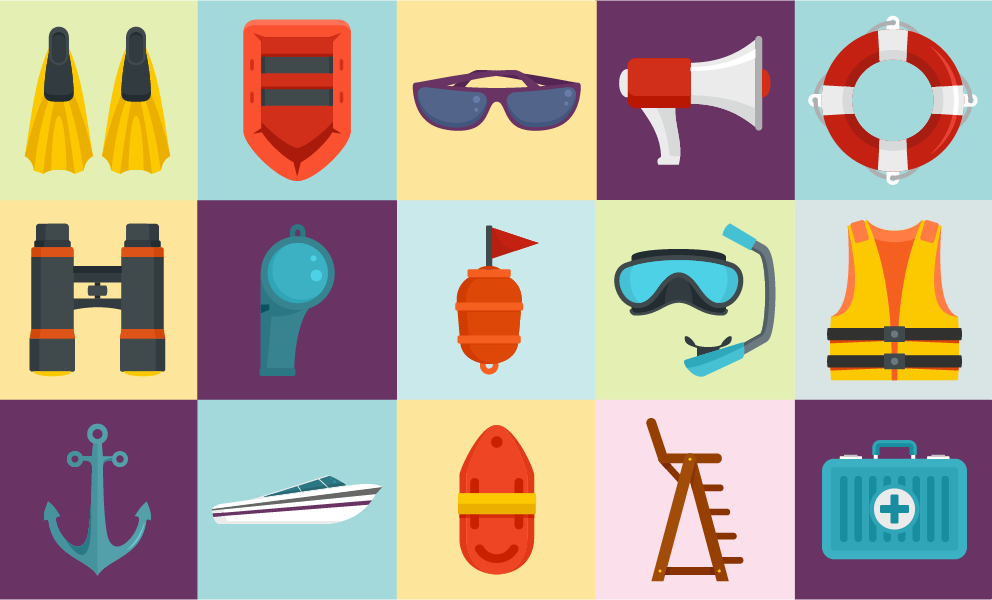Texas Child Mental Health Resources for Parents and Students
Millions of American children live with depression, anxiety, ADHD, autism spectrum disorders, Tourette syndrome or a host of other mental health...

According to the American Red Cross, drowning is the leading cause of death for children in the United States, with children under the age of 1 years of age more likely to drown at home. Whether you are swimming at a local neighborhood pool, or having fun in the pool in the backyard, it’s important to remember these water safety tips.
1. Swim in Designated Areas
Always swim in areas supervised by lifeguards. These zones are monitored for safety, and lifeguards are trained to respond to emergencies. Avoid swimming alone, and ensure children are always within arm's reach.
2. Learn How to Swim
Knowing how to swim can save lives. Enroll yourself and your children in swimming lessons. Many community centers offer affordable or even free classes, teaching vital skills that increase water confidence and safety.
3. Use Life Jackets
When boating or engaging in water sports, wear a U.S. Coast Guard-approved life jacket. Even strong swimmers can be caught off guard by currents, waves, or fatigue. Ensure that the life jacket fits properly and is appropriate for the activity.
4. Watch for Weather Changes
Weather can change rapidly. Keep an eye on the forecast and be aware of signs of incoming storms. If you see lightning or hear thunder, exit the water immediately and seek shelter.
5. Stay Hydrated and Protected
Spending time in the sun can lead to dehydration and sunburn. Drink plenty of water and apply waterproof sunscreen regularly. Wear protective clothing, hats, and sunglasses to shield yourself from harmful UV rays.
6. Know CPR
Learning CPR can make a critical difference in an emergency. Consider taking a course through the American Red Cross or a similar organization. CPR can save a life while waiting for emergency services to arrive.
7. Understand Water Hazards
Natural bodies of water, such as lakes and oceans, present unique hazards. Be mindful of rip currents, sudden drop-offs, and marine life. When swimming in the ocean, always swim parallel to the shore if caught in a rip current and avoid panic.
8. Install Barriers at Home Pools
If you have a pool at home, install a fence with a self-latching gate to prevent unsupervised access. Remove toys from the pool area when not in use to reduce temptation for children.
9. Avoid Alcohol
Alcohol impairs judgment, balance, and coordination, all of which are crucial for water safety. If you're swimming, boating, or supervising children, stay sober to ensure a safe environment.
10. Stay Informed
Regularly review water safety rules with family and friends. Refresh your knowledge and stay up-to-date with the latest safety recommendations from reputable sources like the American Red Cross or local authorities.
By following these tips, you can enjoy a fun, safe, and memorable summer around water. Prioritize safety and stay vigilant!
Sources:
Drowning Prevention & Facts | American Red Cross
6 Water Safety Tips to Help Save a Life this Summer (redcross.org)

Millions of American children live with depression, anxiety, ADHD, autism spectrum disorders, Tourette syndrome or a host of other mental health...

Unlike most medicines, which are designed to treat or cure disease, immunizations were created to prevent and decrease the threat posed by diseases.